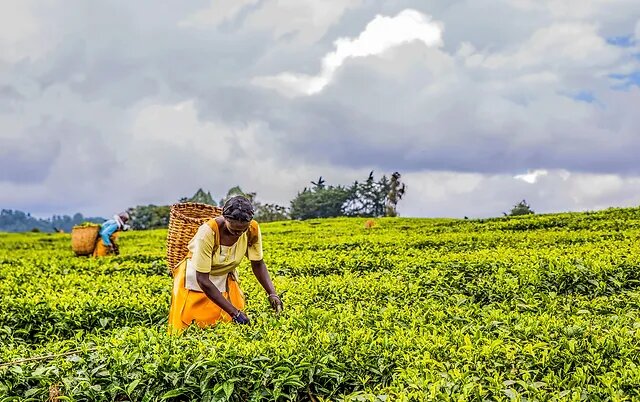Finlays agrees to sell its Kenyan tea estates to Brown investments

Tea multinational Finlays has announced its decision to exit the Kenyan market by selling its James Finlay Kenya tea estates business to Browns Investments Plc.
The sale will include all parts of James Finlay Kenya, except the Saosa tea extraction facility, which will be retained by Finlays. As part of the deal, Browns and Finlays have agreed to sell 15 per cent of the shares to a locally owned cooperative, in a move that is expected to benefit the local tea farmers.
Largest producers
Finlays has been operating in Kenya for over a century, and has been one of the largest producers of tea in the country. The company has been facing financial challenges in recent years, with declining profits and rising costs.
“Brown investment was selected as the preferred buyer because of its strong legacy of guiding its tea estates to continued growth,” Finlay said.
Finlay said the decision to sell its tea estates in Kenya is part of a broader strategy by Finlays to streamline its operations and focus on its core business. Browns Investments Plc, a Sri Lankan conglomerate, is no stranger to the tea industry, and has been actively seeking opportunities to expand its presence in the African market.
Acquisition of James Finlay Kenya is expected to give Browns a foothold in the Kenyan tea market, which is one of the largest and most lucrative in the world. The deal will also allow Browns to expand its tea processing capabilities, and to diversify its operations beyond Sri Lanka.
The sale of James Finlay Kenya is expected to have a significant impact on the local tea industry, which is a major source of employment and revenue for the country.
The decision by Browns and Finlays to sell 15 per cent of the shares to a locally owned cooperative is a welcome move, and is expected to benefit the local tea farmers.
The co-operative will have a say in the management of the tea estates, and will receive a share of the profits from the sale of tea. This is expected to improve the livelihoods of the farmers, and to promote sustainable agriculture practices in the region.











